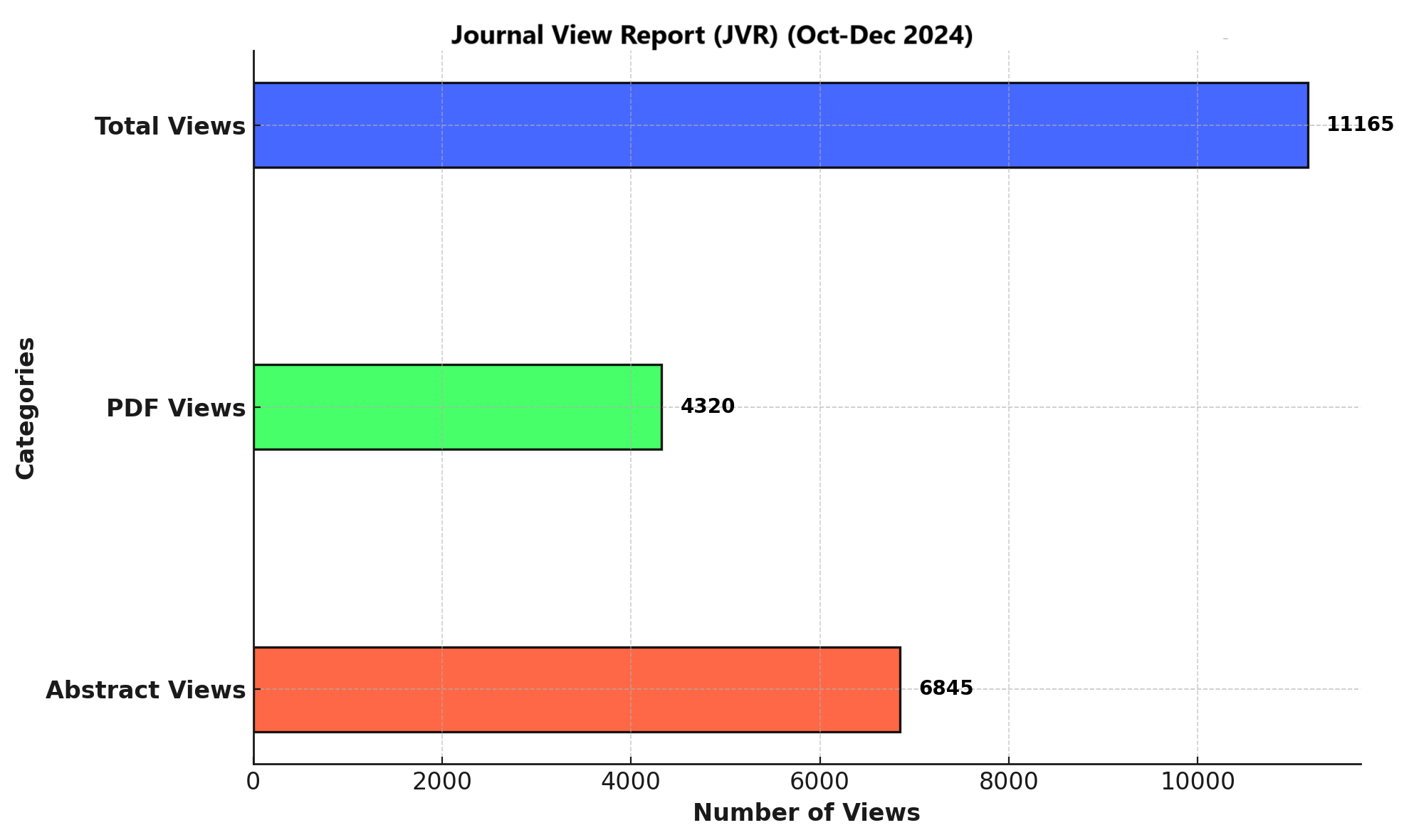NORMATIVE VALUES FOR TIME UP AND GO TEST FOR HEALTHY ADULTS
DOI:
https://doi.org/10.71000/ijhr186Keywords:
Anthropometry, balance, body mass index, functional mobility, normative values, Timed Up and GoAbstract
Background: The Timed Up and Go (TUG) test is a widely utilized clinical tool to assess functional mobility, balance, and fall risk, particularly in older adults. Establishing normative reference values for TUG is essential for identifying deviations from normal physical function. Various factors, including age, gender, and body composition, influence TUG performance. Currently, no standardized normative data are available for healthy adults in Pakistan, emphasizing the need for population-specific reference values.
Objective: To establish normative reference values for the TUG test in healthy Pakistani adults and examine its relationship with demographic and anthropometric factors.
Methods: A cross-sectional study was conducted among 326 healthy adults aged 40–70 years, recruited using non-probability convenience sampling. Participants self-reported being free from medications and musculoskeletal, cardiovascular, neurological, or psychiatric disorders. Individuals with a history of lower limb surgery or cognitive impairments were excluded. Data collection included age, gender, height, weight, and BMI. The TUG test was conducted using standardized guidelines, with the average of three trials recorded for analysis. Descriptive statistics, independent t-tests, one-way ANOVA, and Pearson’s correlation were performed using SPSS version 26, with significance set at p < 0.05.
Results: The mean age of participants was 55.62 ± 6.6 years, with 56.4% male (n = 184) and 43.6% female (n = 142). Participants were distributed across age groups as follows: 40–50 years (27.3%), 51–60 years (52.1%), and 61–70 years (20.6%). Mean TUG time was 9.86 ± 2.14 seconds, with males performing faster (9.29 ± 2.04) than females (10.59 ± 2.05, p = 0.000). TUG time increased significantly with age (r = 0.587, p = 0.000) and BMI (r = 0.261, p = 0.000), while height (r = -0.210, p = 0.000) and weight (r = -0.119, p = 0.031) were negatively correlated with TUG scores.
Conclusion: The study provides normative reference values for the TUG test in healthy Pakistani adults, with significant variability observed across gender, age groups, and BMI categories. The findings suggest that TUG performance declines with increasing age and BMI, while taller and lighter individuals perform better. These results serve as a valuable resource for clinicians in assessing functional mobility and fall risk in older adults.
Downloads
Published
Issue
Section
License
Copyright (c) 2024 Hafsah Arshad, Hafsah Gul Khattak, Komal Saif, Javeria Ghazal, Manahil Shahid, Noor Fatima, Savera Manzoor, Rehana Ashfaq (Author)

This work is licensed under a Creative Commons Attribution-NonCommercial-NoDerivatives 4.0 International License.







